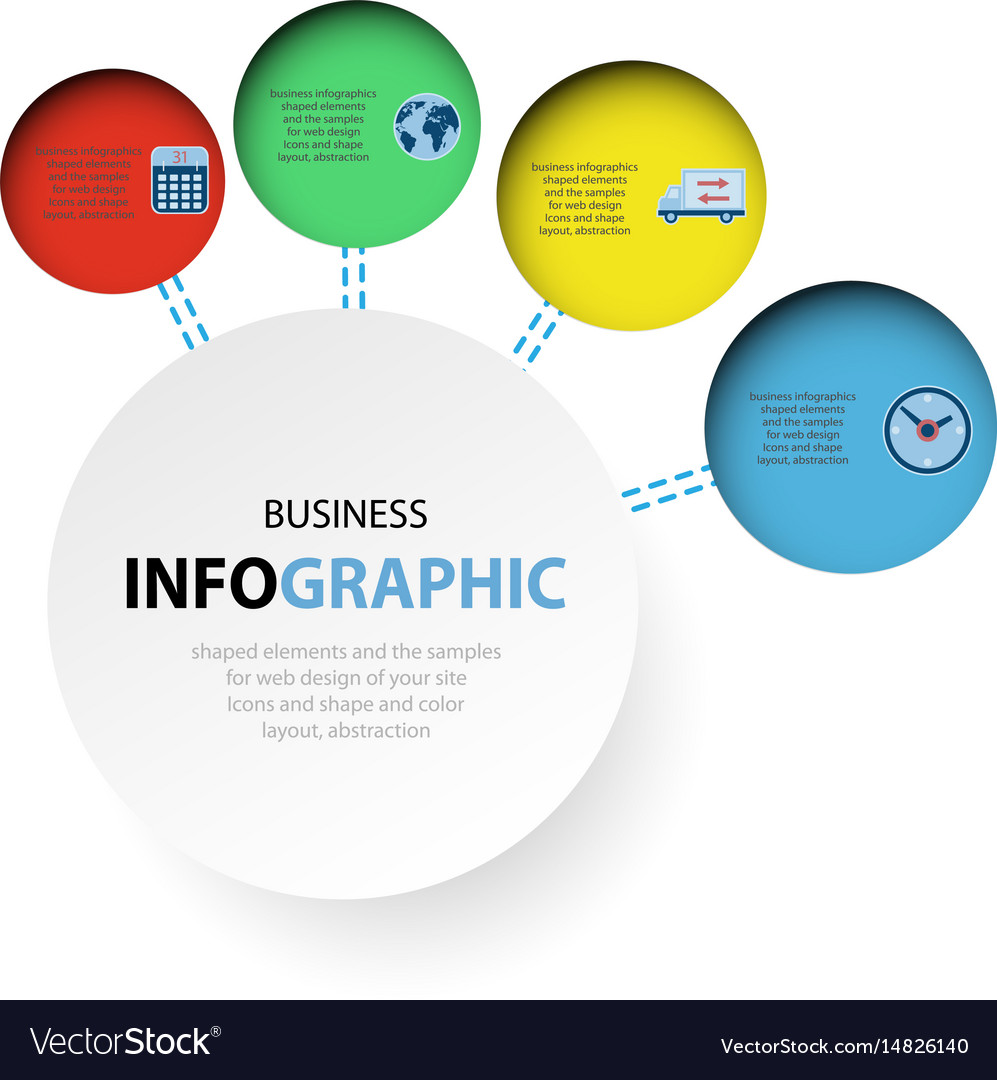Crucial Internet Site Design Tips: How To Build A Website That Focuses On User Experience
Crucial Internet Site Design Tips: How To Build A Website That Focuses On User Experience
Blog Article
find out this here -Christophersen Neville
When it pertains to internet site layout, ensuring user-friendliness is vital. From responsive layout to streamlined navigation, every aspect plays a critical function in producing a site that deals with your audience's needs. But what concerning the finer details that can make or break a customer's surfing experience? Keep tuned as we reveal some often-overlooked tips that can raise your site's use to the following level, making it really stand out in the digital landscape.
Value of Responsive Design
Receptive design is a crucial facet of contemporary website development. Guaranteeing your web site is receptive ways that it can adjust to various display sizes and gadgets, offering a seamless experience for customers.
With the increasing use smartphones and tablets to access the internet, having a receptive design is essential for reaching a bigger target market. It assists in boosting user experience by making your web site very easy to navigate and read on any tool.
Furthermore, responsive layout can positively influence your search engine positions, as search engines like Google focus on mobile-friendly sites. By having a receptive design, you're additionally future-proofing your website, as brand-new devices with differing display sizes remain to emerge.
Simplify Navigation Framework
To improve individual experience and help with easy accessibility to details on your website, enhancing the navigation framework is vital. When developing your site, focus on producing a clear and intuitive navigation menu that assists site visitors find what they're looking for swiftly.
Limit the number of menu things to the essentials, grouping related pages with each other to avoid overwhelming individuals. Usage descriptive tags that plainly indicate the material of each web page, making it easier for users to comprehend where each web link will take them.
Take into consideration implementing dropdown menus for subcategories to prevent littering the primary navigation bar. In addition, include a search bar prominently on the web page for users that prefer looking for specific information.
Focus on mobile responsiveness in your navigating style to make sure very easy accessibility on all gadgets.
Optimize Page Tons Speed
Improving page load rate is important for maintaining visitors on your internet site. Slow-loading pages discourage customers and can result in high bounce prices. To optimize page lots speed, beginning by maximizing pictures. Press photos without compromising quality to lower their data dimensions.
In addition, enable web browser caching to store frequently accessed resources locally, accelerating load times for returning site visitors. Minify CSS, JavaScript, and HTML files by eliminating unneeded personalities, comments, and format, improving load rate.
Take into consideration using a content shipment network (CDN) to disperse your website's material throughout several servers worldwide, reducing latency for users accessing your website from different areas. Finally, restrict the use of third-party manuscripts and plugins, as they can dramatically affect load times.
Final thought
Finally, by integrating receptive layout, streamlining navigation, and enhancing web page load speed, you can create an easy to use internet site that attract a bigger audience and improves individual experience. navigate to this site make certain that visitors can conveniently gain access to and browse your website throughout different devices, bring about increased engagement and contentment. By focusing on these essential elements, you can develop an effective website that keeps customers returning for even more.
